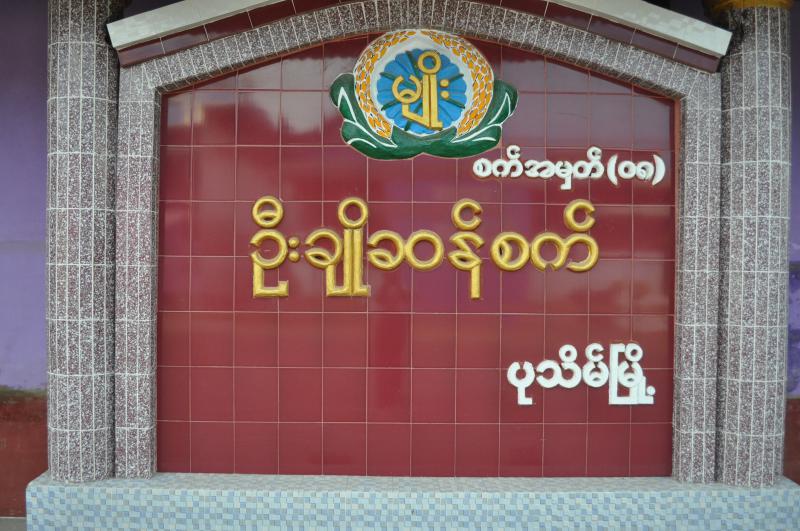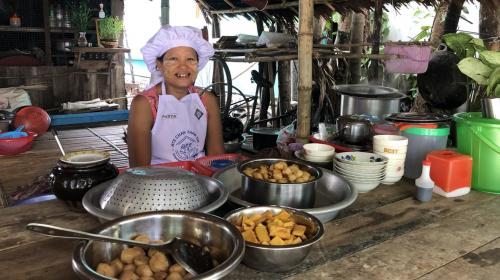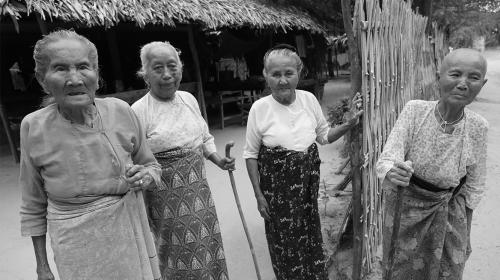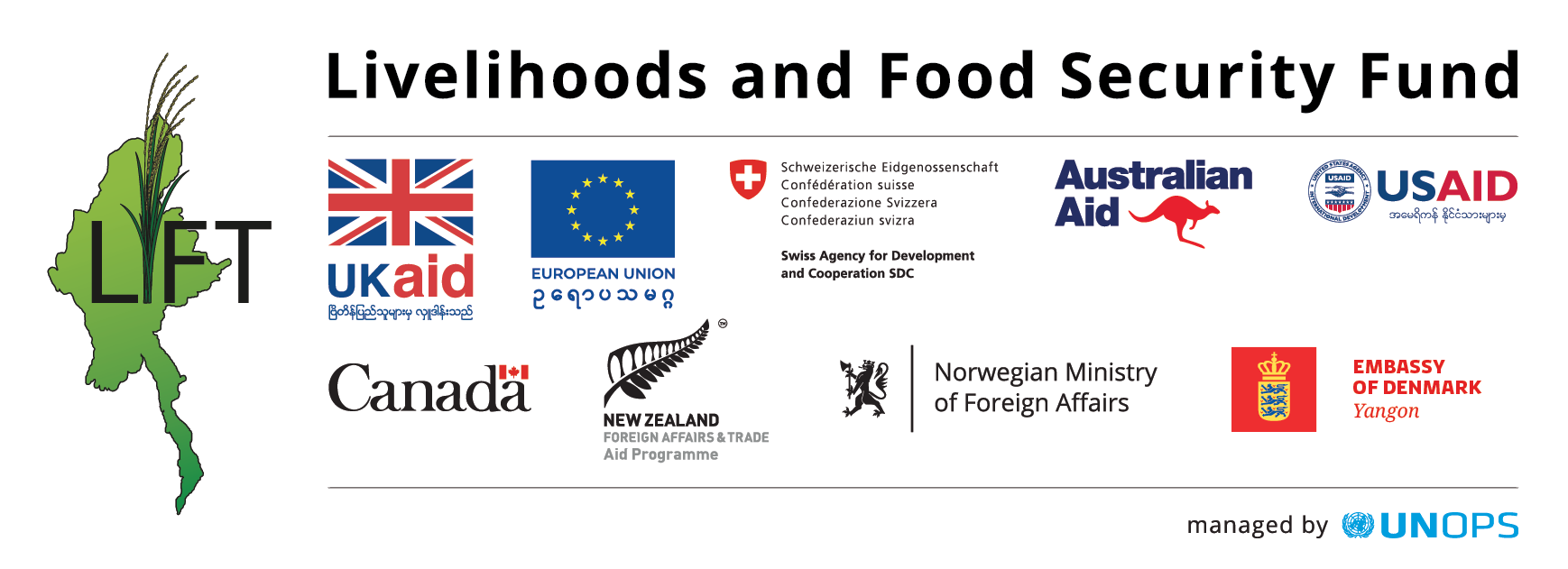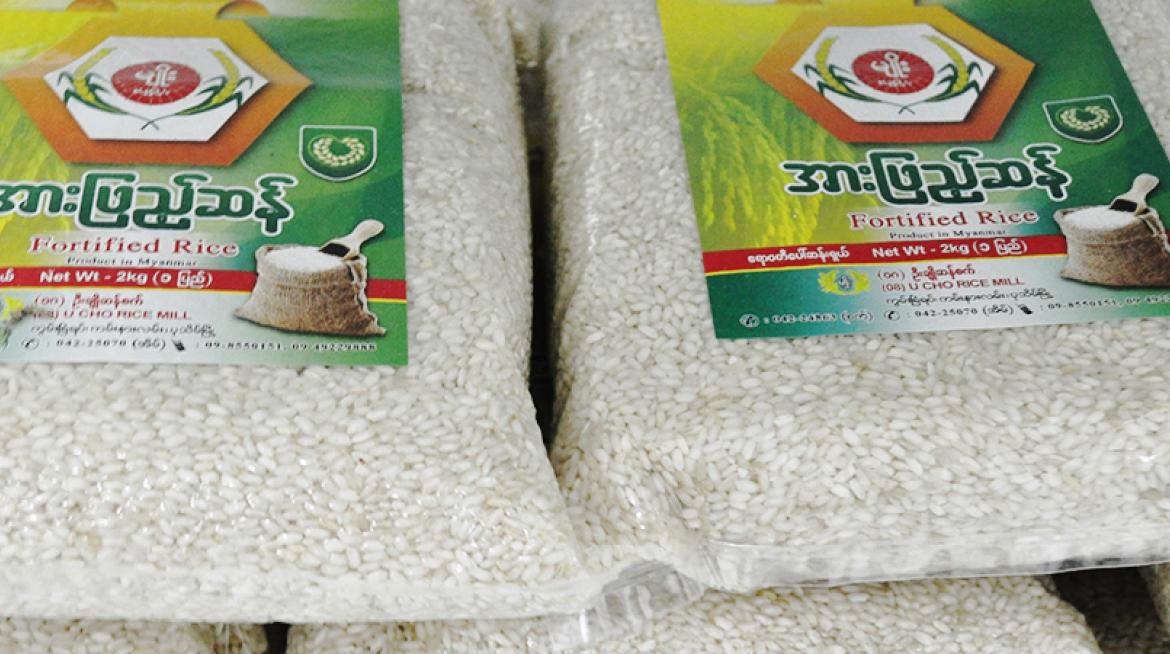
Meet U Myo Wai, FDA's authorised fortified rice producer/distriburtor in Pathein
U Myo Wai is an executive committee member at Myanmar Rice Federation. He served as the chairman of the Ayeyarwady Region Rice Miller Association for 25 years. ‘U Cho’ rice mill is his own business inherited from his parents. Recently his mill was awarded the FDA certificate for fortified rice production. Below is an interview with U Myo Wai who shares his experience with fortified rice with the support of the LIFT-funded “Introducing fortified rice in Myanmar” project, implemented by PATH.
When did you learn about fortified rice?
The project staff from PATH came last year and held a meeting with millers in Pathein to share information about fortified rice production. I attended the meeting and I was really interested in it.
What made you interested to produce fortified rice? Is this because you want to expand your business for a new product line?
Well, when it comes to nutrition, our country gets lower and lower on nutrition status compared to neighbouring countries. Children are not that tall for their age. It is getting worse and worse; generation by generation you notice it. I would like to contribute to addressing this somehow. I have been running the milling business for quite a long time already and there is no barrier for me to work on this fortified rice production. So I decided to join this project as this is the way I can contribute to the community.
Do you produce the fortified rice with your existing milling unit?
No. We had to build a blending unit facility with the standards - good manufacturing practice and hygiene practice - as defined by Food and Drug Administration (FDA). The unit blends the fortified rice grains and normal rice grains – 2 and 98 – proportionally.
How long did it take to get the FDA certificate for this?
It took about six to seven months for the initial application process, site visit and testing the sample products at Yangon and Nay Pyi Taw levels.
What is the blending unit’s capacity?
It can produce 20 metric tons of fortified rice a day.
Is there any difference between fortified rice and normal rice?
Fortified rice is comprised of 12 vitamins and minerals that are essential in our daily diets for the growth of body and mind. That is the main difference with normal rice. But the taste and colour are the same as normal rice. Currently, I’m producing two varieties - Emata and Paw San. Although Emata is cheaper, Paw San gets more market demand in our region.
Is the price of packaged fortified rice different from the normal rice price?
No. While I was waiting for the FDA certificate, I supplied the fortified rice with the same price as normal rice. I believe this will help to build awareness of fortified rice with the public as they can get the nutritious rice with the same price as normal rice.
How did you disseminate the fortified rice in the market?
While the FDA certification was progressing, I distributed the fortified rice to the suburban area of Pathein. People living in those areas are poor and they cannot afford to buy adequate nutritious food. So the fortified rice was an option to fill this gap. I sold the sample bags of rice (~2 kg per bag) to small retail outlets with no profit margin. At present the project is supporting us with the fortified rice kernels so it also helps me to sell out without any profit.
What about the sustainability of the business if you are not taking any profit?
After the project’s support finishes, let’s say I have to buy the fortified rice kernels with MMK 200 for example, and then I would add this incremental cost to my selling price. I still do not expect to get much profit at this stage. If the consumers can get the fortified rice with almost the same price as the normal price, they will choose the fortified rice more. That is my optimal goal as a first step. With this FDA certificate and consumers’ acceptance growing, I would expand the market slowly to Yangon, Ayeyarwady and the Dry Zone.
How is consumers’ acceptance of fortified rice right now?
People are not used to buying rice in a package. They tend to think the product with a good package is expensive. So we have to do more promotional activities and campaigns to change consumers’ attitude and behavior on this.
Is there any expiration period for fortified rice?
Yes, it is two years after the production date.
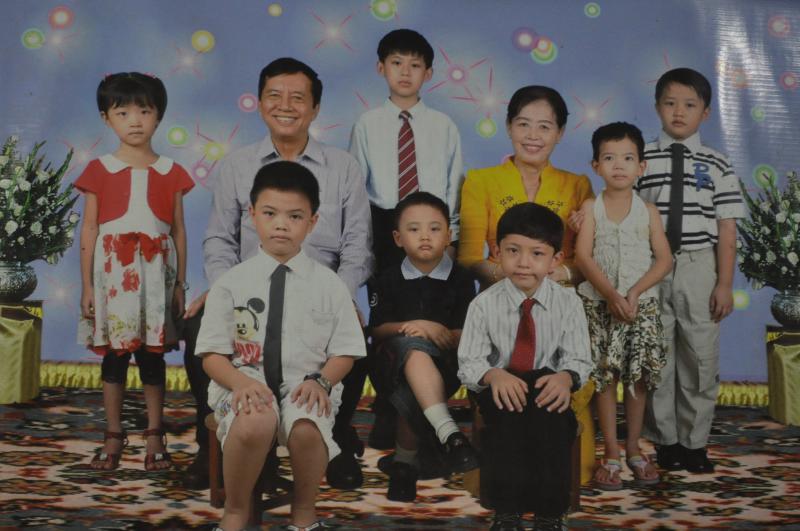
Yes, we’ve been eating the fortified rice since six months ago. That is why you can see I am so healthy at my age.
What is your expectation for this project?
Introducing the new product will take time to achieve success. So we need to do many activities, from policy to promotion. This will help to achieve consumer awareness and their acceptance will follow for sure. With this, I believe we will reach our goal of filling the nutrition gap in our country.

